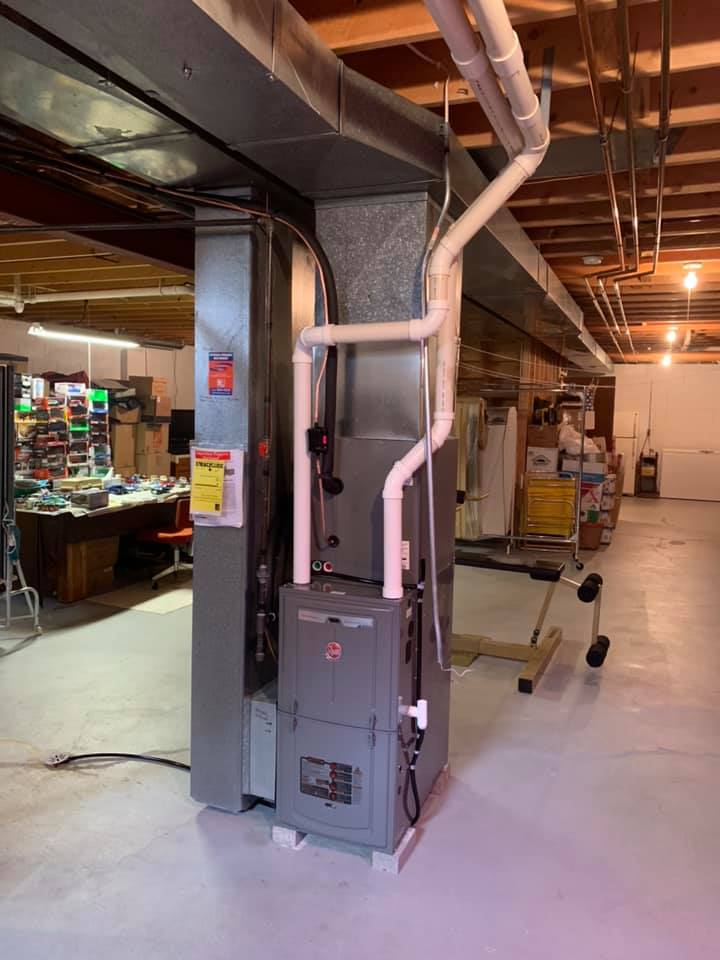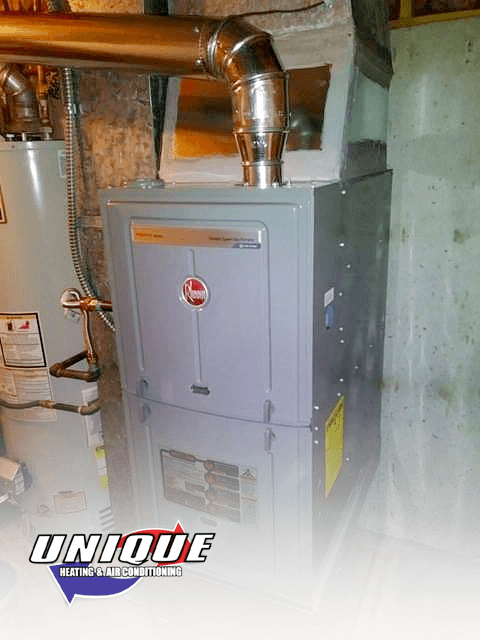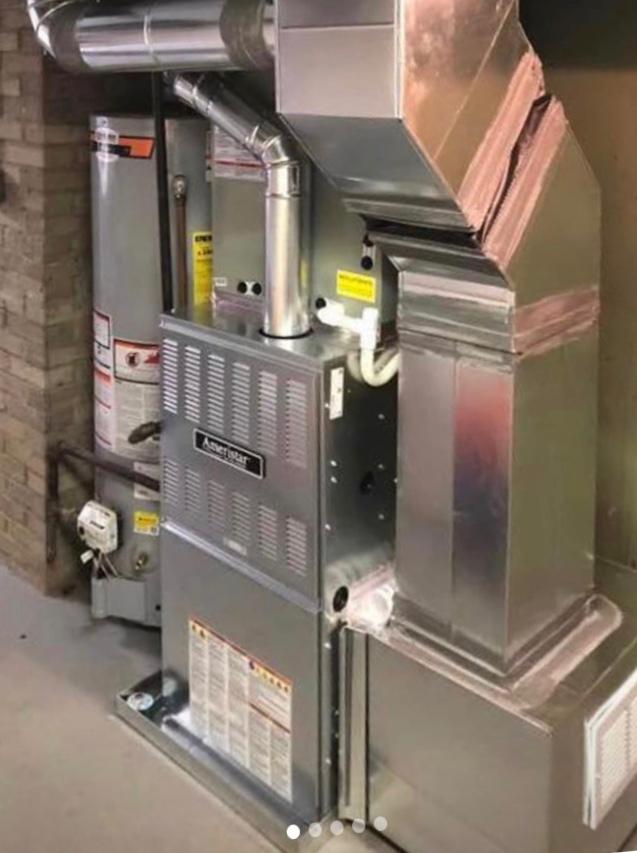Experienced furnace installation technicians for a warm and optimal home
Experienced furnace installation technicians for a warm and optimal home
Blog Article
The Ultimate Overview to Heater Installation for a Cozy Home
Furnace setup is a crucial facet of keeping a comfortable home environment, especially throughout the colder months. As you think about these factors, the question continues to be: what steps can you take to ensure your furnace serves you well for years to come?
Kinds Of Heaters

Gas heating systems are the most typical option as a result of their performance and lower operational expenses. They utilize natural gas or propane, providing fast home heating and constant efficiency, making them suitable for colder environments.
Electric heaters, while typically easier to install and maintain, have a tendency to have greater operational prices. They are frequently preferred in areas where gas service is unavailable or for homes with existing electrical infrastructure.
Oil furnaces, though less usual today, stay a sensible alternative in particular areas. They melt home heating oil, which can be helpful during colder months, however their dependence on oil distribution postures prospective obstacles.
In addition, there are high-efficiency designs offered throughout these kinds, which can dramatically decrease energy usage and energy costs - furnace installation. Inevitably, understanding these heating system types will assist home owners pick a system that straightens with their heating needs, budget, and energy choices
Selecting the Right Dimension
Picking the proper dimension for a furnace is critical to guaranteeing optimal performance and energy effectiveness. A small heating system will struggle to maintain comfortable temperatures throughout the cold months, causing increased damage, greater energy bills, and possible system failure. Conversely, a large heating system may cycle on and off also regularly, causing inefficient home heating and irregular temperature distribution within the home.
To determine the right heater size, a calculation called the Handbook J tons estimation must be done. This procedure assesses numerous elements, including the square video footage of the home, insulation degrees, window dimensions, and regional climate conditions. This detailed evaluation ensures that the furnace fulfills the particular home heating demands of the room.

Installation Process Overview
In terms of products, you will need ductwork, insulation, and securing tape to make sure optimum airflow and power efficiency - furnace installation. It is likewise important to have a brand-new heater filter accessible, in addition to airing vent materials, such as PVC pipe or metal flue, depending upon the kind of heater being mounted
Safety equipment, consisting of handwear covers, safety glasses, and a face mask, is additionally critical to shield versus dirt and particles during installation. Having all these tools and materials easily offered not just streamlines the process however additionally boosts the safety and performance of the heating system installation.
Upkeep Tips for Longevity
To guarantee the longevity of your furnace, it is crucial to apply a routine upkeep schedule that addresses key elements of the system. Begin by replacing or cleansing the air filter each to 3 months, as a clogged filter can limit air flow and decrease effectiveness. Additionally, evaluate and cleanse the blower setting up to protect against dust accumulation that can hinder efficiency.
Next, inspect the thermostat settings and recalibrate if necessary to make sure accurate temperature regulation. Check the ductwork for leakages or obstructions, as this can result in power loss and uneven heating. Routinely lube the motor and bearings according to the producer's referrals to decrease wear and visit this web-site tear.
Expert evaluations must take place each year, where a certified service technician can analyze the heater's general problem, look for gas leaks, and make sure that safety attributes are functioning correctly. Consider mounting a programmable thermostat to maximize power use and preserve constant home temperature levels. By embracing these upkeep methods, you can boost your heating system's performance, prolong its life-span, and ultimately enjoy a comfy and comfortable home atmosphere.
Conclusion

Report this page